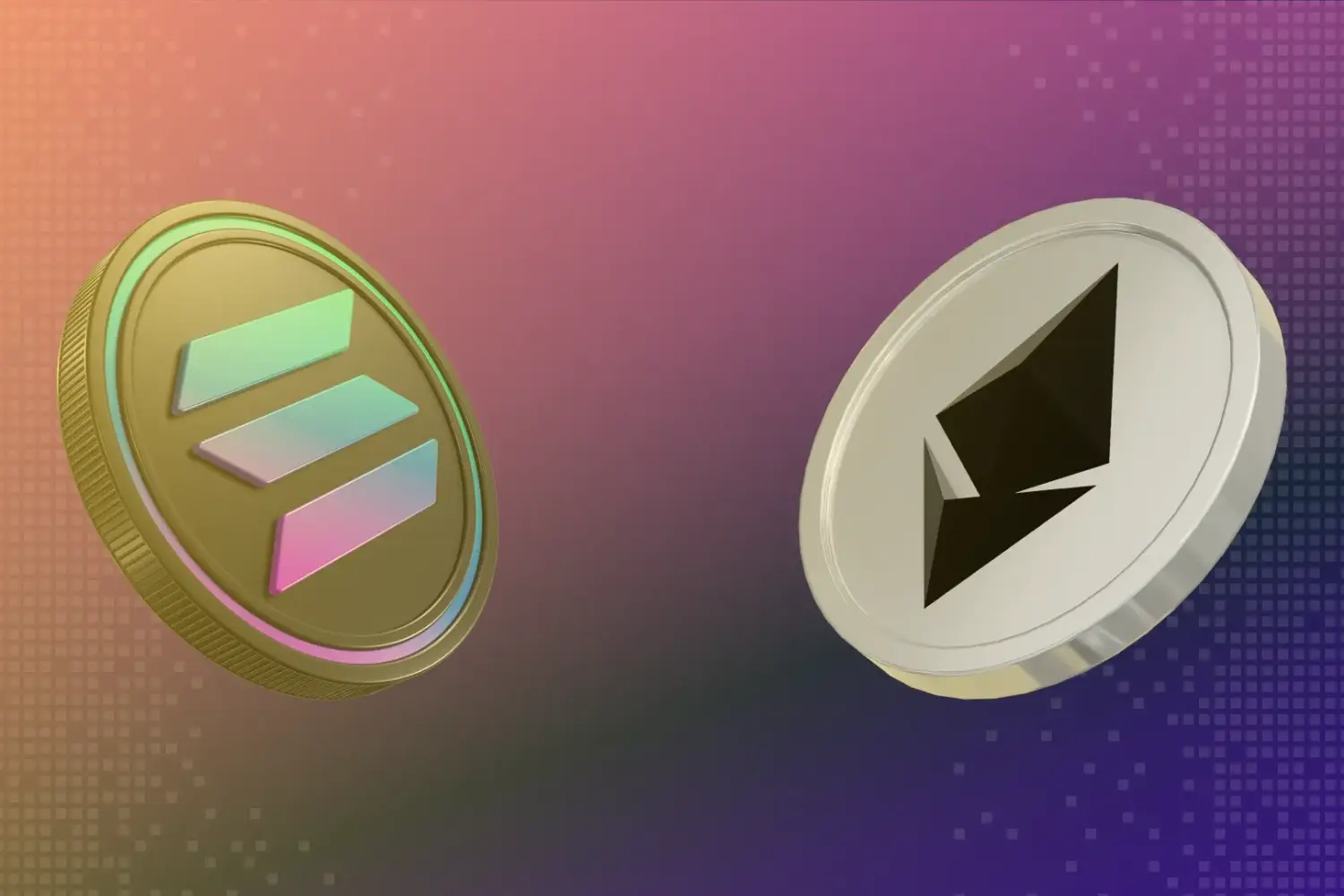Rome Network Raises $9M to Bring Solana's Speed to Ethereum
Startup aims to boost Ethereum's scalability and performance by leveraging Solana's high-speed blockchain technology.
Rome Network, a blockchain project focused on enhancing Layer 2 (L2) solutions, has secured $9 million in a seed funding round. Led by Hack VC, HashKey Group, Solana co-founder Anatoly Yakovenko also participated in the round. This investment will propel Rome's efforts to merge the speed and decentralization of Solana with Ethereum's existing infrastructure.
The project aims to address challenges faced by Ethereum's rollup-centric roadmap, such as scalability, transaction speed, and interoperability. By integrating Solana's consensus mechanism and shared sequencer, Rome proposes to enable faster transaction confirmations, improved privacy, and reduced costs for Ethereum L2s.
Rome's approach involves empowering Ethereum rollup developers by leveraging familiar technologies like the OP Stack, allowing them to focus on their core applications. The project also emphasizes the importance of atomic composability, enabling seamless cross-rollup transactions. To address the limitations of current Ethereum rollups, Rome introduces a shared sequencer model based on Solana's validators. This model aims to mitigate concerns related to liquidity fragmentation, security, and interoperability.
Rome's vision is to leverage Solana's high transaction throughput as the underlying infrastructure for Ethereum rollups. This approach aims to alleviate the burden on rollup developers who would otherwise need to build complex cross-chain infrastructure.
Austin Federa, Head of Strategy at the Solana Foundation and a participant in the funding round, said: "Rome is doing great work to expand the Solana Virtual Machine (SVM) codebase to new execution environments."
Rome Network's focus on leveraging Solana's capabilities for Ethereum rollups highlights the growth of the SVM (Solana Virtual Machine) ecosystem. Projects like Eclipse Foundation and Sonic SVM are just a few examples exploring this model. Rome's approach further demonstrates the growing interest in leveraging Solana's capabilities across different blockchain ecosystems.


